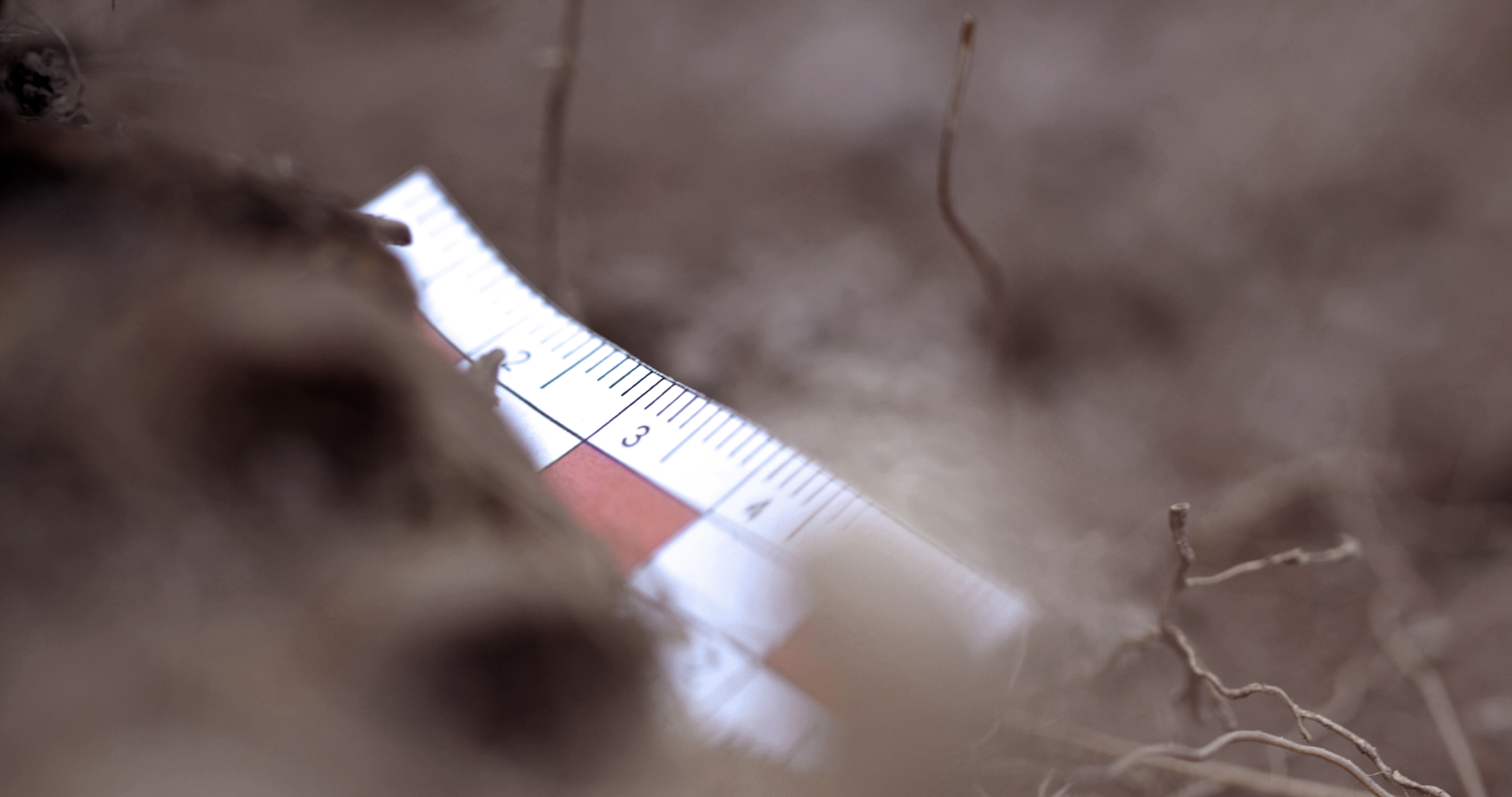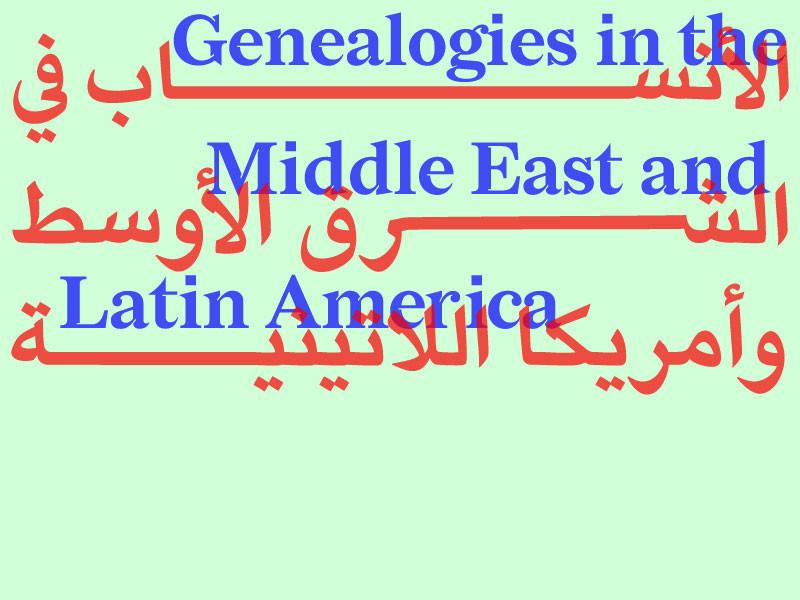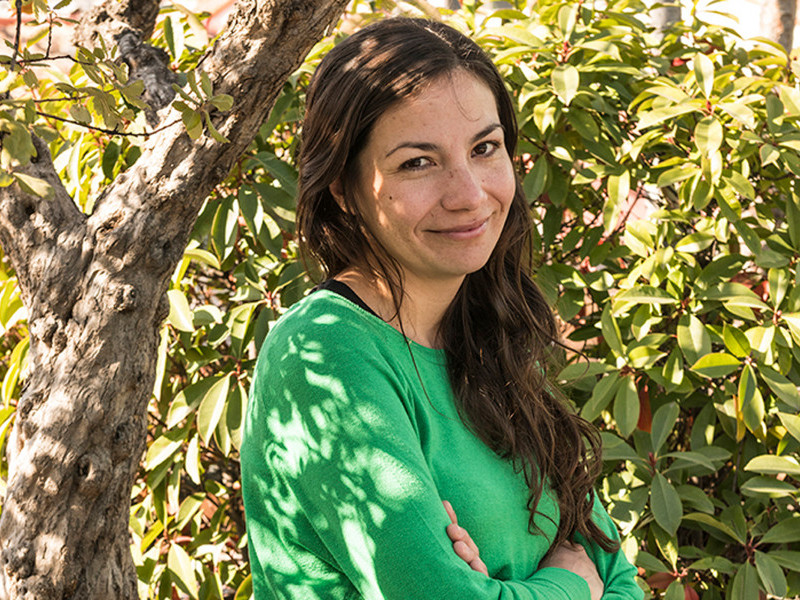Gilda Mantilla and Raimond Chaves introduce Liminal by Maya Watanabe:
‘The video Liminal by the Peruvian artist Maya Watanabe is a crucial work because of its deep and thoughtful consideration of the effects of political violence in the internal conflict in Peru (1980-2000) that has resulted in more than 60,000 people killed or disappeared and thousands more victims of sexual violence, torture and forced displacement. It is the most severe and violent period in the country's history and people are still awaiting to advance truth, justice and memory.
Its point of view and slow pacing bring the viewer closer to the victims' bodies and their remains during their radically detailed forensic examination. It situates the viewer in an abstract place where we can contemplate the complexity of this episode of recent history, beyond simplifications and preconceptions.’
About the work:
Liminal responds to the 6,000 un-exhumed mass graves and 16,000 missing persons of the internal conflict in Peru (1980–2000) who are still awaiting recognition, more than 20 years after the official end of the genocide.
In recent years, Peru went through a fierce period of internal conflict, which brought nearly 70,000 deaths; perpetrated by the military and two guerrilla groups: Sendero Luminoso and Movimiento Revolucionario Tupac Amaru. The official narrative by the Peruvian Truth and Reconciliation Commission established the beginning of the conflict in 1980–Sendero Luminoso’s declaration of war–and the end 2000–with the fall of the former president Alberto Fujimori. While rounded numbers and historical periodisation do help to grasp the scope of violence, the official narrative also has the effect of marking the period as a time of exception–an exception that appears resolved.
Exhumations and post-mortem examinations to identify victims buried in mass graves aim to ’restitute’ the identity of victims in order to confirm the legal status of their death and allow families to mourn. In the Peruvian case where the corpses are reduced to bones, it is the forensic archaeologist together with the forensic anthropologist who ‘restore’ the victim's identity. In between those two procedures, the remains hover in a transitional legal status between ‘missing person’ and the official declaration of death.
Liminal is located on the threshold between the recognizable and the representable, the transitional space between the dead body as an object of inquiry and that of a subject. Mourning is both a personal experience of loss and a political act that resists oppression. It acknowledges that the life, suffering, and death of a body matter. Liminal proposes cinema as a space of convergence where it is possible to acknowledge, or at least glimpse, death that cannot be mourned by politically reframing the representation of violence.
This video work was screened at De Pont, Tilburg, the Netherlands (2021); La Casa Encendida, ARCOMadrid Prize, Madrid (2019); 2nd Wuzhen Contemporary Art Exhibition, China (2019); National Museum of 21st Century Art (MAXXI) (, Rome (2019); Rose Art Museum, US(2019); MUST Museo storico di Lecce (2019); MAC Museo d'Arte Contemporanea di Lissone (2019); Centro de Arte Contemporáneo (CAC), Quito, Ecuador (2019); Museo de Arte de Lima (MALI) (2019); and Bienal de Arte Contemporânea de Coimbra, Portugal (2019).
This video was produced by the Han Nefkens Foundation and supported by Mondriaan Fonds.



